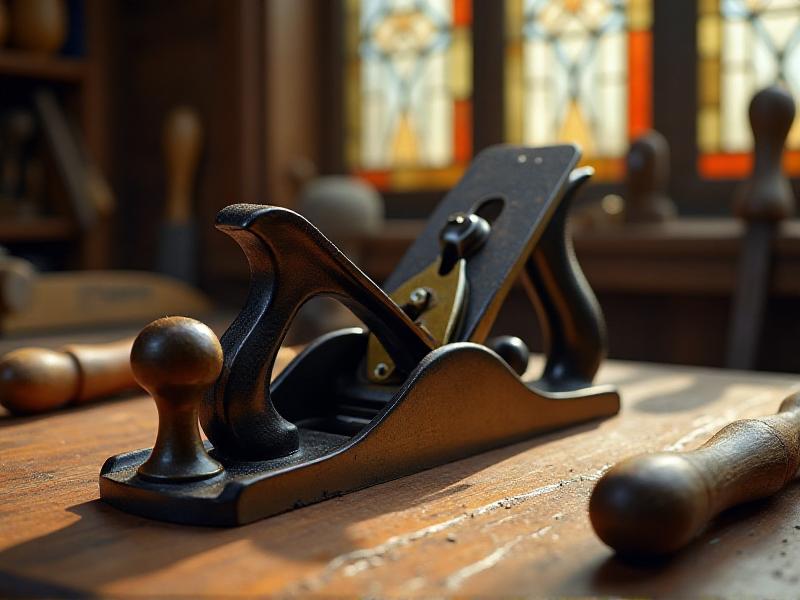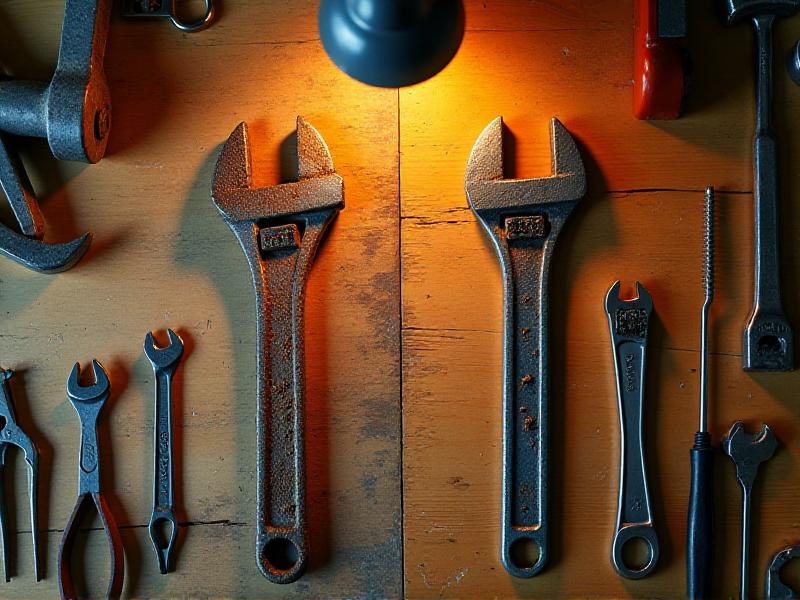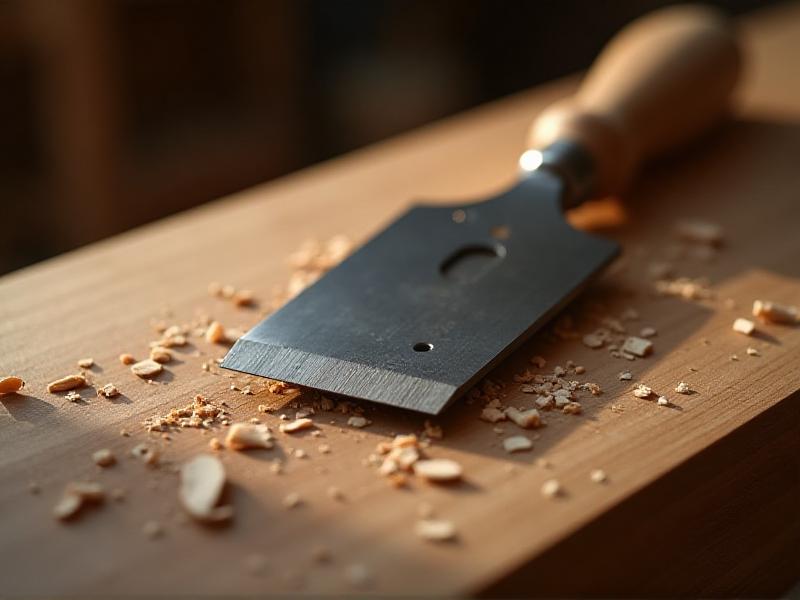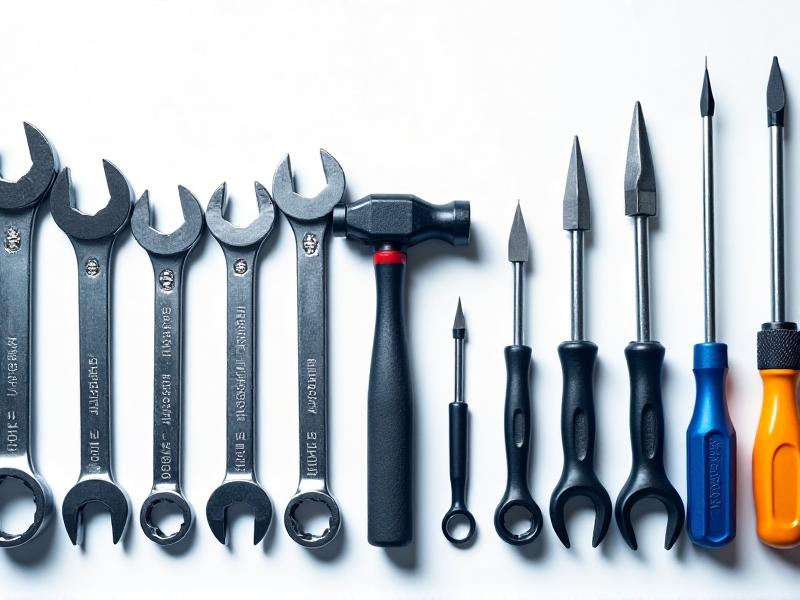Pricing Strategies for Rare Stanley Planes
Understanding the Value of Rare Stanley Planes
Rare Stanley planes are more than just tools; they are pieces of history. These planes, crafted by the Stanley Rule & Level Company, have become highly sought after by collectors and woodworking enthusiasts alike. The value of these planes is influenced by factors such as age, rarity, condition, and historical significance. For instance, a Stanley No. 1 plane, which is one of the smallest and rarest models, can fetch thousands of dollars at auction. Understanding the intrinsic and extrinsic value of these planes is crucial for setting a fair and competitive price.
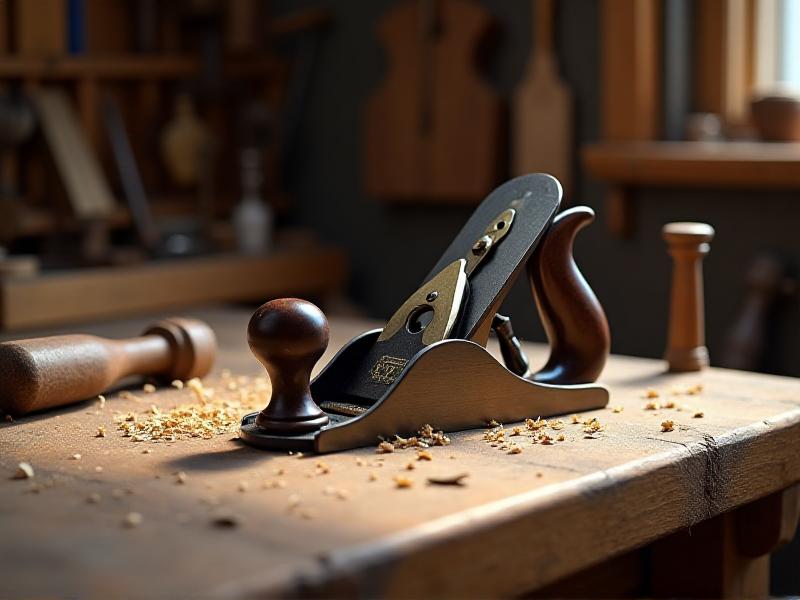
Factors Influencing the Pricing of Rare Stanley Planes
Several factors come into play when determining the price of rare Stanley planes. First and foremost is the condition of the plane. Planes in mint or near-mint condition, with all original parts and minimal wear, command higher prices. Rarity is another significant factor; models that were produced in limited quantities or for a short period are more valuable. Additionally, the historical context can add value. For example, planes from specific time periods or those associated with notable events or figures in woodworking history can fetch a premium. Lastly, market demand plays a crucial role. The more collectors and enthusiasts vying for a particular model, the higher the price it can command.

Market Trends and Historical Pricing Data
To effectively price rare Stanley planes, it's essential to analyze market trends and historical pricing data. Over the years, the market for these planes has seen fluctuations, often influenced by economic conditions, collector interest, and the availability of rare models. Historical auction records and sales data provide valuable insights into how prices have evolved. For instance, certain models that were once considered common may have seen a surge in value due to increased collector interest. Keeping an eye on these trends helps sellers set realistic and competitive prices, while buyers can make informed decisions based on past performance.
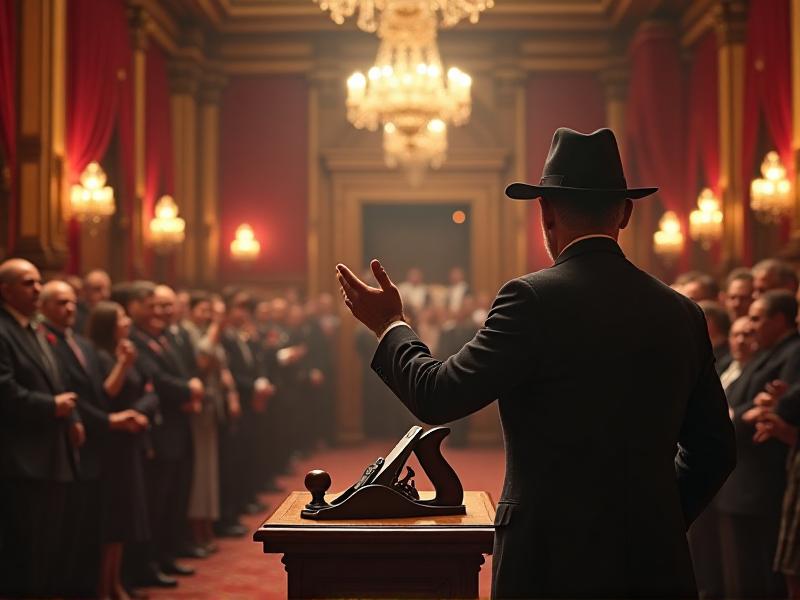
Pricing Strategies for Sellers
For sellers, choosing the right pricing strategy is key to maximizing the value of rare Stanley planes. One effective approach is to set a reserve price, ensuring that the plane does not sell for less than its perceived value. Another strategy is to start with a competitive opening bid to attract potential buyers. Sellers can also consider offering the plane through a private sale or consignment, which may allow for more negotiation and potentially higher prices. Additionally, providing detailed descriptions, high-quality photographs, and provenance information can enhance the perceived value and justify a higher asking price.
Pricing Strategies for Buyers
Buyers of rare Stanley planes should approach pricing with a strategic mindset. Research is paramount; understanding the market value of specific models and comparing prices across different platforms can prevent overpaying. Buyers should also consider the condition and authenticity of the plane, as these factors significantly impact value. Negotiation is another valuable tool; sellers may be willing to lower the price if a buyer can demonstrate knowledge of the plane's worth and market conditions. Additionally, buyers should be patient and monitor the market for opportunities, as prices can fluctuate over time.
The Role of Provenance in Pricing
Provenance, or the documented history of a rare Stanley plane, can significantly influence its price. Planes with a well-documented history, such as those owned by famous woodworkers or used in notable projects, are often more valuable. Provenance can also include original packaging, receipts, or letters of authenticity, which add to the plane's credibility and desirability. Sellers should make an effort to trace the history of their planes and provide this information to potential buyers. For buyers, verifying provenance is essential to ensure they are investing in a genuine and historically significant piece.
Online vs. Offline Sales: Pricing Considerations
The choice between online and offline sales channels can impact the pricing of rare Stanley planes. Online platforms, such as auction websites and collector forums, offer a broader audience and potentially higher prices due to increased competition. However, online sales may also incur additional fees, such as listing and transaction costs, which should be factored into the pricing strategy. Offline sales, such as through antique shops or woodworking shows, may allow for more personal interaction and negotiation but could limit the potential buyer pool. Sellers should weigh the pros and cons of each channel to determine the best approach for their specific plane and target audience.
Seasonal and Regional Pricing Variations
Seasonal and regional factors can also influence the pricing of rare Stanley planes. For example, prices may be higher during the holiday season when collectors are more active in purchasing gifts. Regional variations can occur due to differences in collector density, local demand, and economic conditions. Sellers should consider these factors when timing their sales and setting prices. Additionally, buyers should be aware of regional trends and may find better deals by expanding their search to different areas. Understanding these variations can help both sellers and buyers make more informed pricing decisions.
Future Outlook: Predicting Price Trends for Rare Stanley Planes
Predicting future price trends for rare Stanley planes requires a combination of market analysis, historical data, and an understanding of collector behavior. As interest in vintage tools and woodworking continues to grow, the demand for rare Stanley planes is likely to remain strong. However, economic factors, such as inflation and changes in disposable income, can also impact prices. Sellers and buyers should stay informed about market developments and be prepared to adapt their strategies accordingly. By keeping a pulse on the market, both parties can navigate the evolving landscape of rare Stanley plane pricing with confidence.
